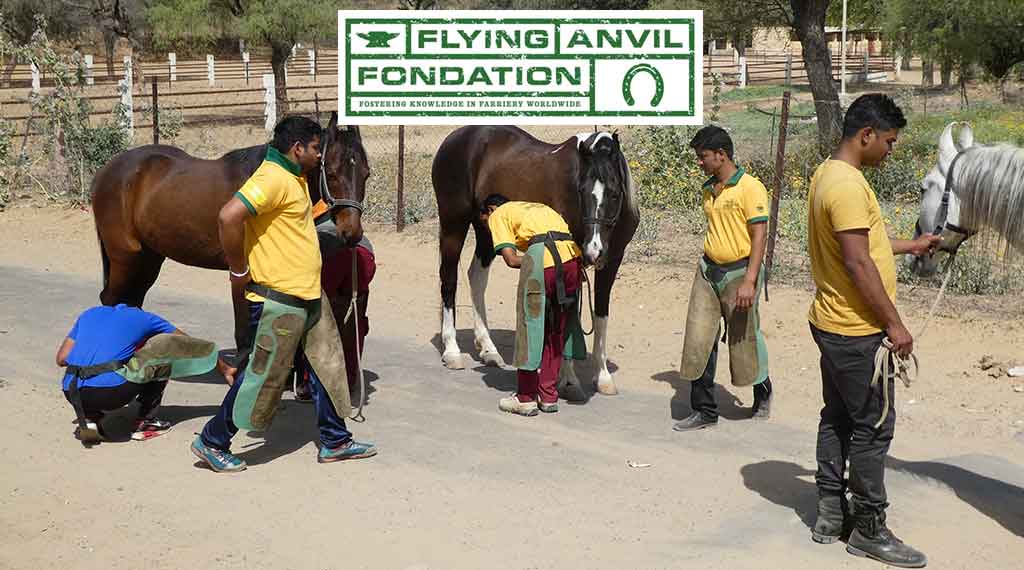We are delighted to be supporting our friends and colleagues at The Flying Anvil Foundation in Dunold.
In conjunction with a host of world leading vets and farriers we will be delivering what we believe to be the worlds first virtual farriery foundation course for trainees in India. The course will be supported by local experts and former FAF graduates. If you or an organisation you support would like to discuss our affiliate course program why not contact us at http:/scientifichorseshoeing.co.uk
We would also like to thank our global educational partners without whom this would not have been possible
The Shoeing Lab Ltd
Mondial Horseshoe Nails
Fifpe Horseshoe Factory

